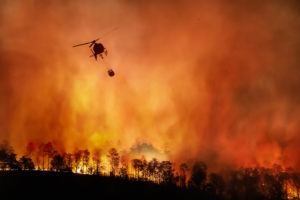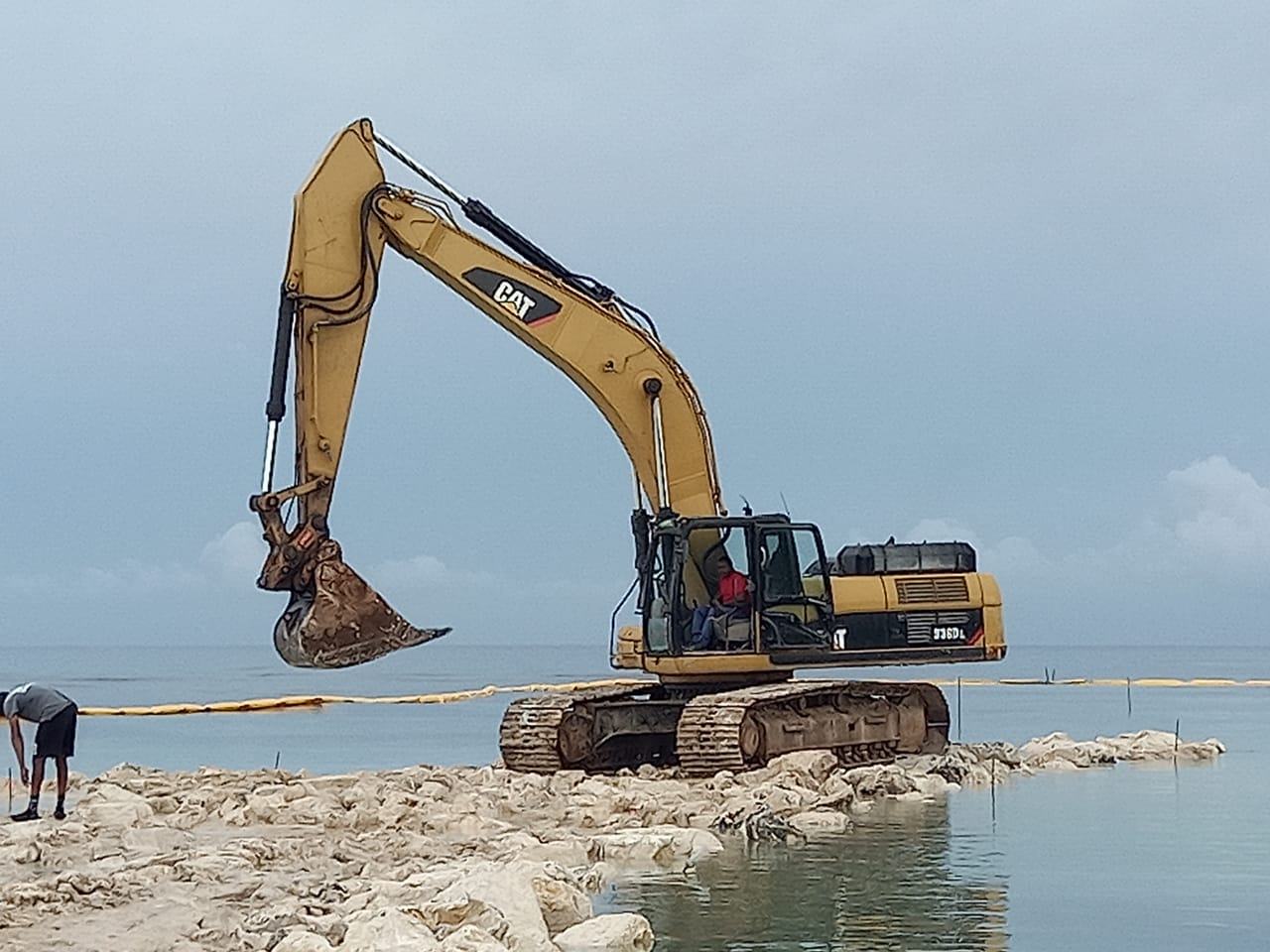For decades, scientists were hesitant to directly blame extreme weather events on climate change. In part, this was due to a lack of long-term meteorological data for some countries as well as to questions about the reliability of older global climate models. Yet, even then, while they would not say greenhouse gas emissions were responsible for the severe weather, they often would say it was “likely” that climate change had played a role. Now, scientists routinely analyze how much climate change has affected both the frequency and intensity of past and current weather events. It’s a relatively new type of research called “attribution science” or, more formally, Probabilistic Event Attribution.
 To determine the role greenhouse gas emissions (GHGs) have played, scientists input different levels of GHGs into climate models. In one run, they use actual measured data, from decades of increasing concentrations. The other run is a “control”, using a constant level of greenhouse gases from before humans began burning fossil fuels. Comparing the two outcomes allows researchers to estimate the increase in severity and/or frequency that has resulted from the changing climate.
To determine the role greenhouse gas emissions (GHGs) have played, scientists input different levels of GHGs into climate models. In one run, they use actual measured data, from decades of increasing concentrations. The other run is a “control”, using a constant level of greenhouse gases from before humans began burning fossil fuels. Comparing the two outcomes allows researchers to estimate the increase in severity and/or frequency that has resulted from the changing climate.
Heatwaves, Floods, and Fires
This year alone, there was historic flooding in Guyana, the UK, and Australia, a devastating “heat dome” in parts of Canada and the U.S. Pacific Northwest followed just a few months later by tragically destructive flooding. Violent tropical storms hit areas across the globe and wildfires burned thousands upon thousands of hectares. While some are referring to these extremes as “the new normal”, SIDS and coastal areas of Caribbean and Pacific have been suffering this sort of flooding and violent storms on a recurring basis.

Yet, in applying for funding to adapt to climate change or to mitigate greenhouse gas emissions, government ministries from Least-Developed Countries (LDCs) and Small Island Developing States (SIDS), among the hardest hit by the intensifying and accelerating effects of climate change, must still prove “climate rationale” for each and every project.
In its Guidance for the Climate Rationale, the Green Climate Fund, an arm of the United Nations Framework Convention on Climate Change, asks applicants to:
- Describe the climate change problem the proposal is expected to address.
- Describe the mitigation needs (Greenhouse gas emissions profile) and/or adaptation needs (climate hazards and associated risks based on impacts, exposure, and vulnerabilities) that the proposed interventions are expected to address.
- Describe the most likely scenario (prevailing conditions or other alternative) that would remain or continue in the absence of the proposed interventions.
- Include baseline information. The methodologies used to derive the climate rationale should be included in the feasibility study.
Source: GCF proposal template
Change in the Air?
In a 2019 article, the Climate and Development Knowledge Network, a group based in Cape Town, South Africa with primary funding from Canada’s International Development Research Centre (CIDRC) and the Royal Netherlands Ministry of Foreign Affairs wrote, “Proving that climate change will have a different and additional impact to existing climate variability at the project level is extremely difficult.” It quotes Dr. Charles Reeves from the CIDRC saying that “many projects ought to be conceived in the context of climate change.”
The UN’s Green Climate Fund (GCF) says it “aims to support a paradigm shift in the global response to climate change. It allocates its resources to low-emission and climate-resilient projects and programmes in developing countries”, especially those that are highly vulnerable to the effects of climate change. Yet as we wrote in the 17 November 2021 issue of CoastLines, the GCF has disbursed only a tiny fraction of the funds available to LDCs and SIDS for climate adaptation and mitigation projects.

The GCF will release its second evaluation of its process in early 2022. The evaluation assesses the GCF’s LDCs portfolio “in terms of operation and scale. It asks whether the GCF’s approach and investments have been effective in reducing the vulnerability of local communities and their livelihoods to the effects of climate change, and whether these impacts are likely to be sustained. In particular, the evaluation assesses the effectiveness and efficiency of the GCF business model, processes, pipeline and portfolio in meeting the specific needs and urgency of climate action in the LDCs.”
While the Fund analyzes its performance and perhaps strategises about how to disburse much-needed funds more efficiently and equitably, the Climate and Development Knowledge Network reports, “innovative collaborations between scientists and local stakeholders to co-produce climate impact narratives… if developed properly, can offer both scientifically defensible as well as decision-relevant and legitimate recommendations to inform climate change adaptation projects.” This could be the kind of change in the air that everyone will celebrate.


